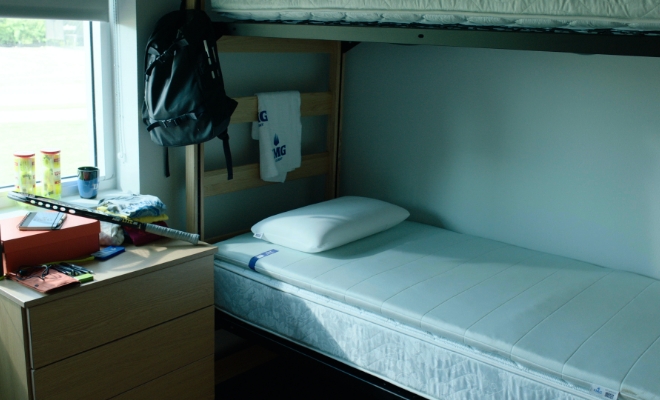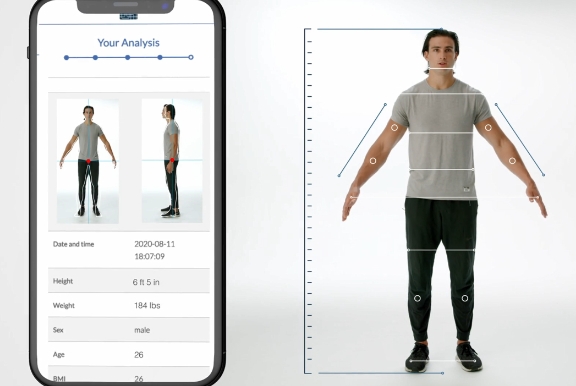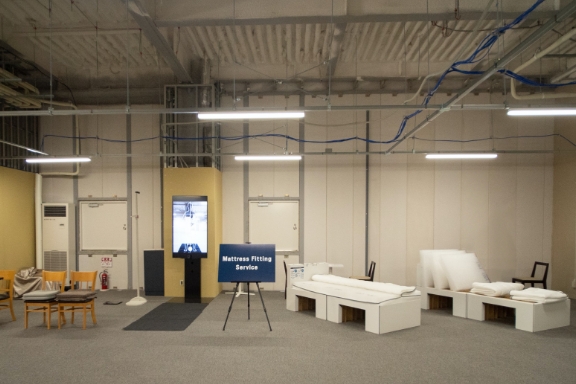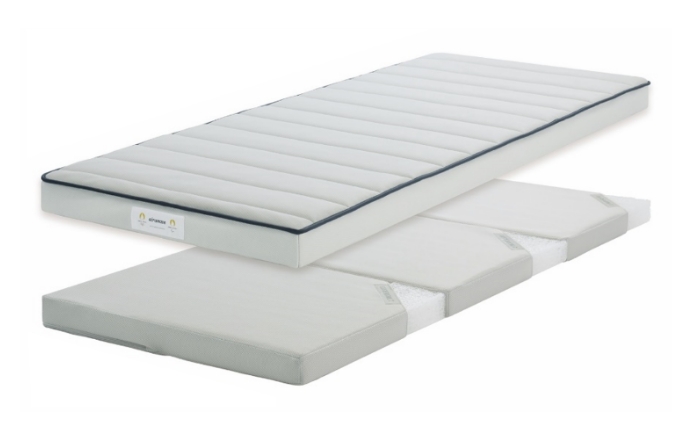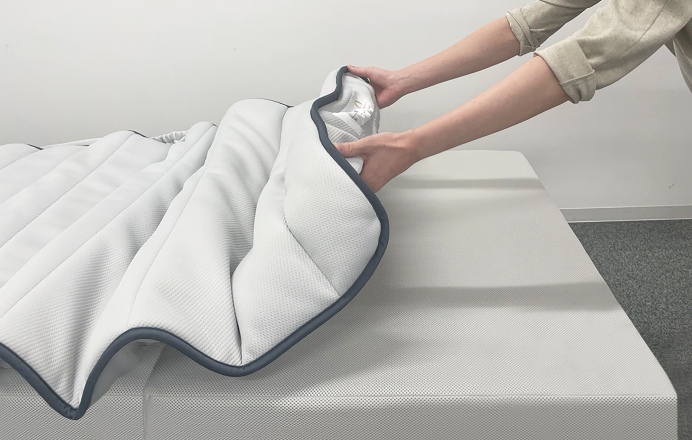
The Evolution of airweave Products
Olympic and Paralympic Support
2008
airweave commences development of portable top mattress
-
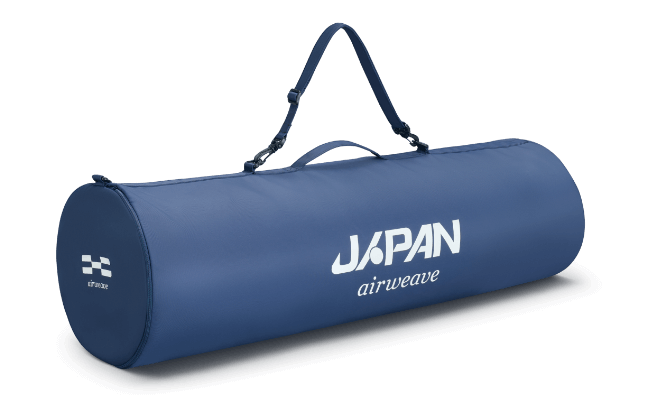
Beijing 2008 -
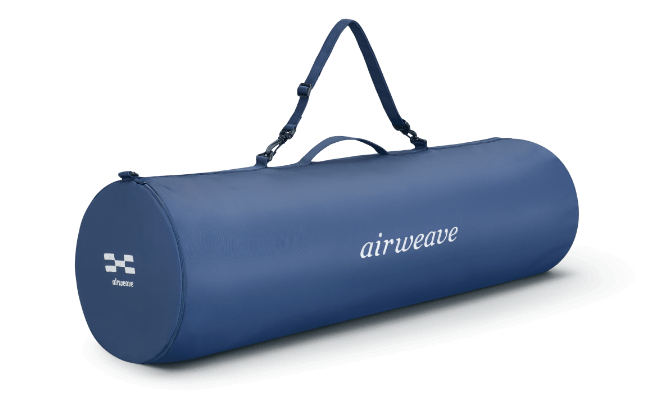
Vancouver 2010
2012
Three types of top mattress with different hardness top and bottom
-

London 2012
2013
Does sleep environment affect athletic performance?
2014
Four product types with different hardness for shoulders, hips and legs
-
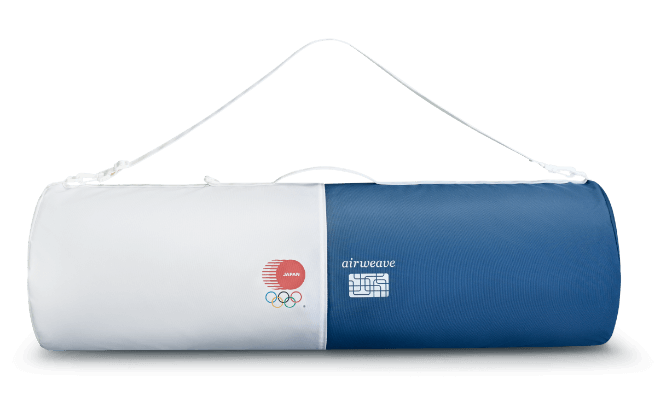
Sochi 2014
2016
Further adjustment of mattress specifications led to even greater support from athletes. The lineup expanded to six types, responding to a wider range of body shapes.
-
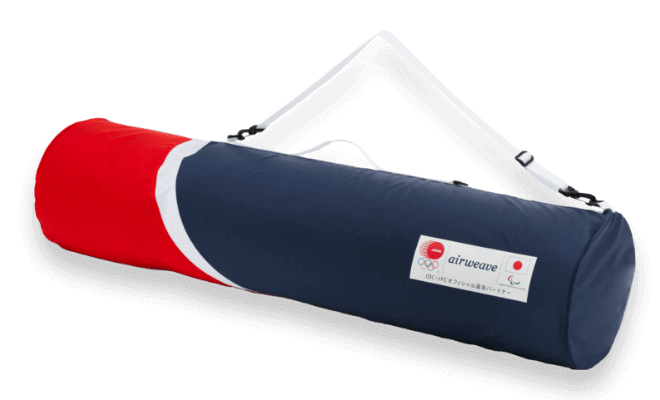
Rio 2016 -

Pyeongchang 2018
2020
airweave was selected to provide the bedding for the Olympic Village at the 2020 Tokyo Summer Olympics. To tailor the bedding to athletes’ individual body types, a three-part mattress design was adopted.
-

Tokyo 2020
2022
Development of customizable and portable three-part top mattress
-
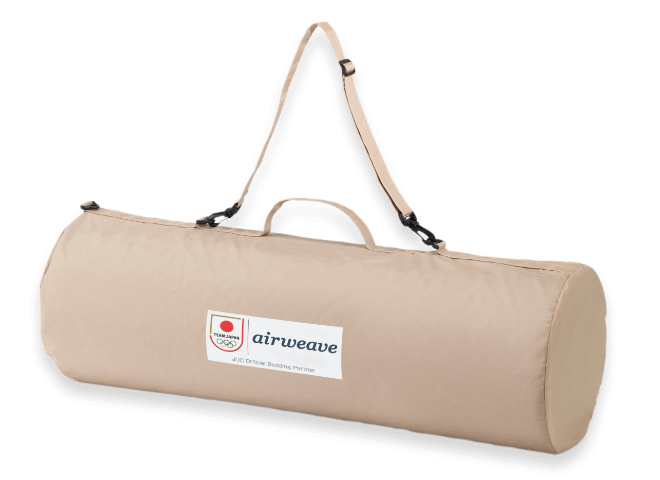
Beijing 2022
2024
Airweave becomes the Official Bedding Supporter of the Paris 2024. It marks the second consecutive Summer Olympic and Paralympic Games at which we provide bedding for all Athletes’ Village, following Tokyo 2020.
-

Paris 2024
2008
airweave commences development of portable top mattress
-

Beijing 2008 -

Vancouver 2010
In 2007 airweave provided the Japan Institute of Sports Sciences (JISS), which was engaged in coordination of Olympic athletes and operating training camps, with top mattress. To our delight, the athletes reported that sleeping on airweave products made them feel refreshed, energized and in top condition.
Thanks to their introduction to JISS, airweave products earned high praise from the athletes. One athlete on the Japan national swim team expressed the hope of enjoying the same sleep environment at the 2008 Beijing Summer Olympics. Wasting no time, airweave rushed to start development of a portable type of top mattress. The airweave advantage is a talent for developing products with an easy-to-carry shape and light weight without sacrificing function. After relentless testing, airweave succeeded in creating a portable top mattress that could be rolled up and carried with a thickness of just 2.5 mm.


Our first project in support of Japan’s Olympic athletes
airweave provided 70 top mattress to Japan’s Olympic swimmers and track & field athletes at the 2008 Beijing Summer Olympics and the same number to the nation’s skaters and skiers at the 2010 Vancouver Winter Olympics.

2012
Three types of top mattress with different hardness top and bottom
-

London 2012
In 2011, in preparation for the 2012 London Summer Olympics, airweave collaborated with the conditioning team of the Team (Japan) Multi-Support Project, an operation spearheaded by Japan’s Ministry of Education, Culture, Sports, Science and Technology (MEXT). To develop top mattress with special specifications, airweave conducted joint research with universities. As a result, we succeeded in developing three type of top mattress with different hardness top and bottom, with hardness that could be selected according to the nature of the bedding under the top mattress, the condition of the athlete and personal preference.


airweave employees run around London
We distributed the top mattress to 150 Olympians who were the focus of the Multi-Support Project. Upon their arrival in the United Kingdom, however, the athletes voiced several additional requests, prompting airweave personnel to fly urgently to London. One employee even rode the London Underground to distribute 100 portable top mattress.

2013
Does sleep environment affect athletic performance?
airweave continued its sleep research, driven by its principle of pursuing the true essence of a problem.
IMG Academy in Bradenton, Florida, USA is an educational institution that has graduated many of the world’s top athletes. Here airweave began its sleep research. Until this time, nobody had ever examined whether the bedding on which athletes slept affected their performance in exercise the next day.
Using a cohort of 50 public-school students, airweave compared the performance in exercise the day after sleeping on airweave high-rebound bedding with performance after sleeping on conventional bedding. In all categories, it was found that sleeping on the airweave bedding improved the students’ exercise performance the next day. The airweave effect was clear!
-
40m Sprint
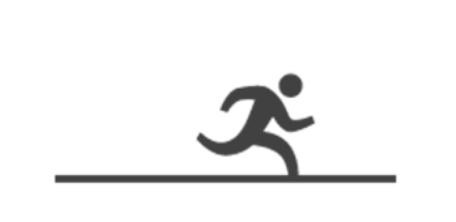
- airweave
- without airweave

-
Long Jump
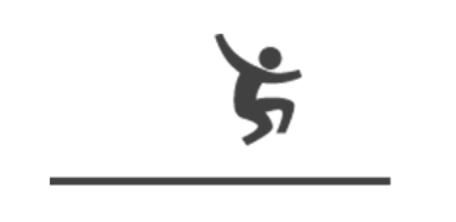
- airweave
- without airweave
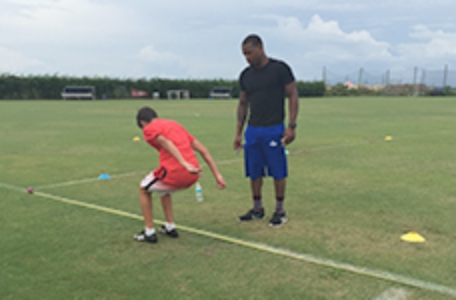
-
Star Drill

- airweave
- without airweave
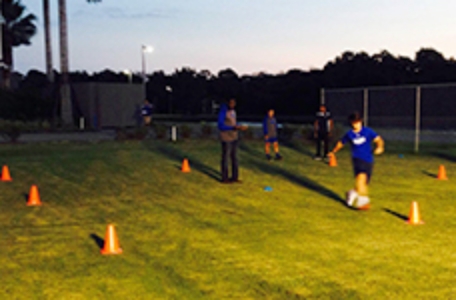
Applying these research results to products for professional athletes, airweave developed products that Olympians would select. We continue to reflect feedback from athletes in the development process, constantly advancing the evolution of our products.
2014
Four product types with different hardness for shoulders, hips and legs
-

Sochi 2014
As they continued to fit mattresses to the needs of numerous athletes, airweave researchers realized that many of the athletes taking part in the Winter Olympics were engaged in events that required them to lean forward, causing many to suffer strain on the hips. In response, airweave furnished Team Japan athletes at the 2014 Sochi Winter Olympics with four types of top mattress with added specifications hardening the parts supporting the hips. After the Olympics, when airweave surveyed the athletes to gauge their impressions of the top mattress, it became clear that athletes’ physical characteristics (height and weight) and the events in which they competed influenced their choice of mattress hardness, shape and other features.


airweave gains support from Olympians in other countries as well
airweave concluded sponsorship agreements with the Olympic Committees not only of Japan but also of the United States, Australia, France, Germany and Switzerland, supporting the sleep of over a thousand Olympic athletes from various countries.
Provision of pillows for the 2014 Sochi Winter Olympics

2016
Further adjustment of mattress specifications led to even greater support from athletes. The lineup expanded to six types, responding to a wider range of body shapes.
-

Rio 2016 -

Pyeongchang 2018
Beginning in 2016, reflecting the results of preference surveys of the Sochi Olympians, airweave added specifications. One model provided harder support for the hips, while another combined harder hip support with greater softness around the shoulders. Athletes could now choose from a wider range of options according to their body shapes, body characteristics and preferences. At the 2016 Rio de Janeiro Summer Olympics and the 2018 Pyeongchang Winter Olympics, the top mattress were fitted to offer patterns customized for the body types of individual athletes.


A comprehensive product lineup
At the 2016 Rio de Janeiro Summer Olympics, airweave provided cushions that athletes could use while in flight.
The flight from Tokyo to Rio de Janeiro is an exhausting 30 hours long. For economic reasons, most Team Japan athletes flew economy class. When the delegation approached us about a product that might ease their discomfort during the long haul, we immediately began product development. Based on a plethora of opinions and requests obtained from the athletes, airweave produced samples. Repeated prototyping finally resulted in the creation of a foldable cushion. After the athletes used the product on their flight, airweave received enthusiastic feedback, with some Olympians reporting that they slept the entire way.
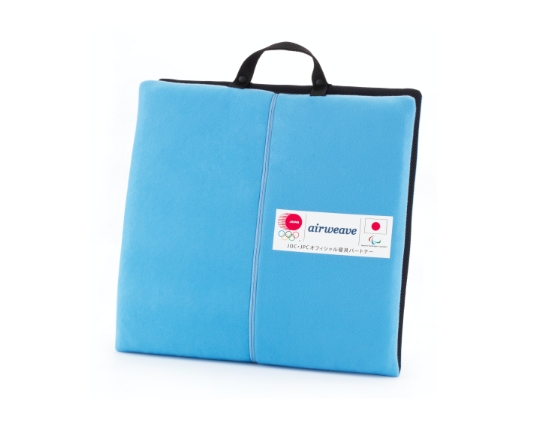
At the 2018 Pyeongchang Winter Olympics, airweave prepared athletes for the bitter cold of Pyeongchang with a “Hyper Down” duvet. We also provided an easy-to-carry blanket, which quickly found favor not only with the athletes but with local staff and media personnel as well.
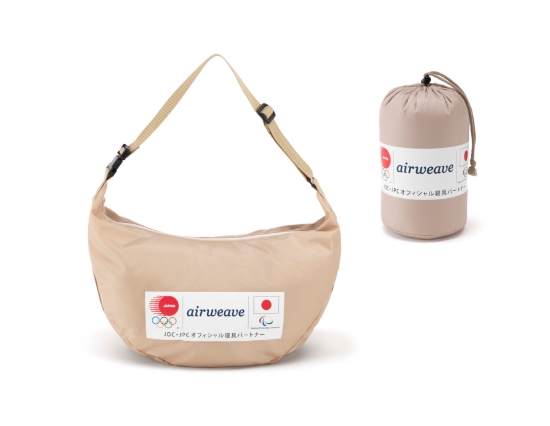
2020
airweave was selected to provide the bedding for the Olympic Village at the 2020 Tokyo Summer Olympics. To tailor the bedding to athletes’ individual body types, a three-part mattress design was adopted.
-
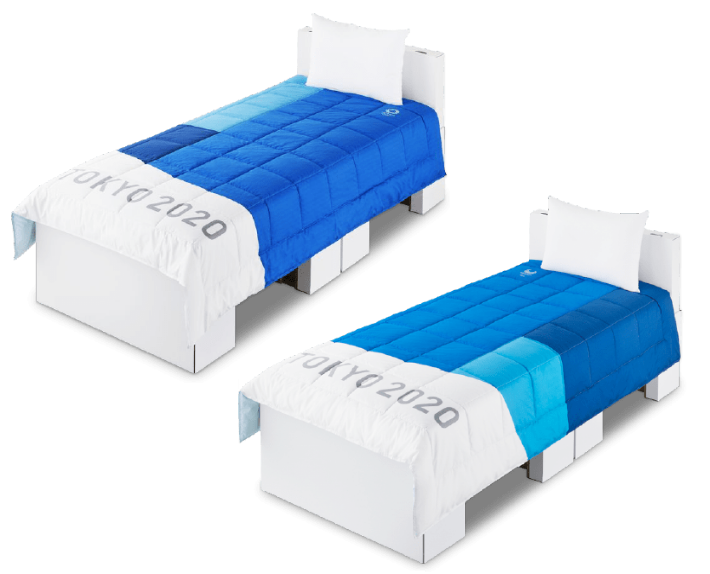
Tokyo 2020
In 2016 airweave was chosen as the official bedding partner for the 2020 Tokyo Summer Olympics, to provide the bedding for the Olympic Village. Originally, we aimed to furnish each Olympian with a mattress of his or her preferred firmness,
according to body type. In practice, however, it was judged too difficult in operational terms to deliver multiple mattress types, as we had done with portable top mattress. To resolve this issue, airweave developed a three-part mattress, enabling each athlete to receive a mattress with a firmness pattern tailored to body type and different firmness on top and bottom. By mixing and matching the parts and turning them over as necessary, a single mattress could be configured into multiple patterns. In this way airweave succeeded in offering each Olympian an individually customized sleep experience.


A consistent environment from training camp to the Olympic Village
In preparation for Team Japan’s training camp ahead of the 2020 Tokyo Summer Olympics, airweave developed a three-part top mattress identical in function to the mattresses provided to the Olympic Village. We donated these top mattress to the Japan Olympic Committee, to encourage the athletes to train under the same environment as they would experience at the Olympic Village of the 2020 Tokyo Summer Olympics.

Supporting athletes’ sleep at the Olympic Village of the 2020 Tokyo Summer Olympics
To simplify the task of judging which mattress hardness pattern is right for each individual, airweave developed the MattressFit mattress evaluation system. Simply by taking front and profile photos and their height and weight, airweave was able to assign the best possible mattress hardness pattern to each individual athlete. We even set up a fitting booth at the Olympic Village during the Games, where we took athletes’ physical measurements and proposed individualized mattress hardness patterns.
2022
Development of customizable and portable three-part top mattress
-

Beijing 2022
In 2022 airweave have developed portable three-part top mattress identical in function to the mattresses supplied to the Olympic Village of the 2020 Tokyo Summer Olympics. We improved the design by reducing the product’s weight and making it easy to roll up, for enhanced convenience of Team Japan in carrying the top mattress to the 2022 Beijing Winter Olympics.
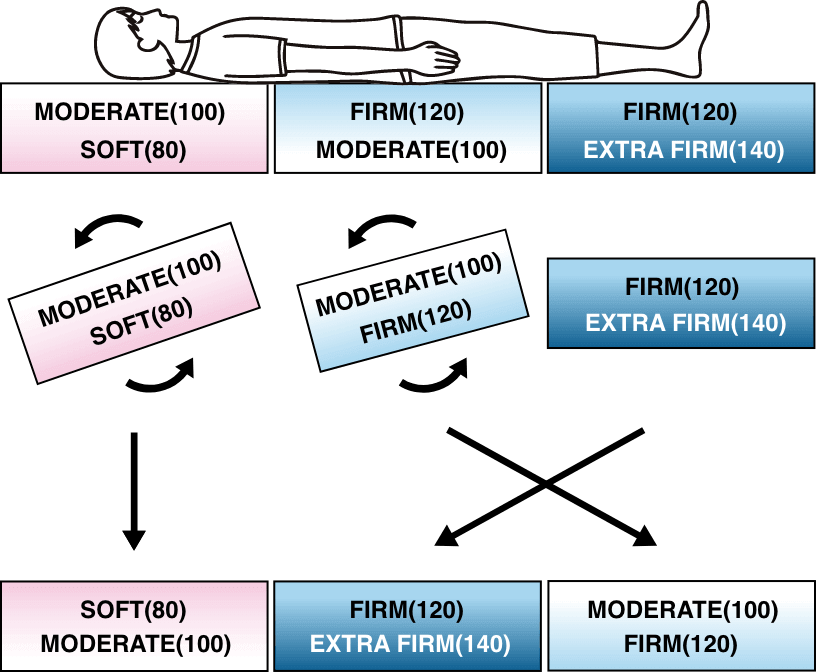

2024
Airweave becomes the Official Bedding Supporter of the Paris 2024. It marks the second consecutive Summer Olympic and Paralympic Games at which we provide bedding for all Athletes’ Village, following Tokyo 2020.
-
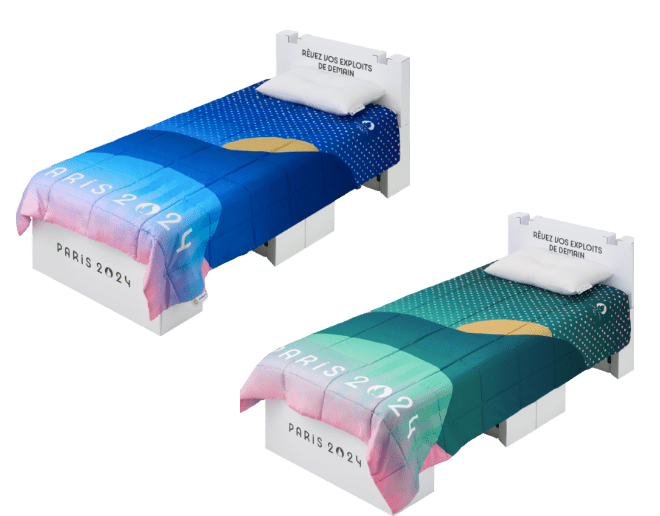
Paris 2024
Similar to the mattress used for Tokyo 2020, the Paris 2024 functional mattress consists of three blocks with varying firmness on each side. This function enables all the athletes in different body shapes and sizes to find the ideal configuration to ensure a comfortable sleep.
Enhanced by the addition of a fitted mattress cover, the new design streamlines the process flipping and rotating the blocks while keeping them in place.
